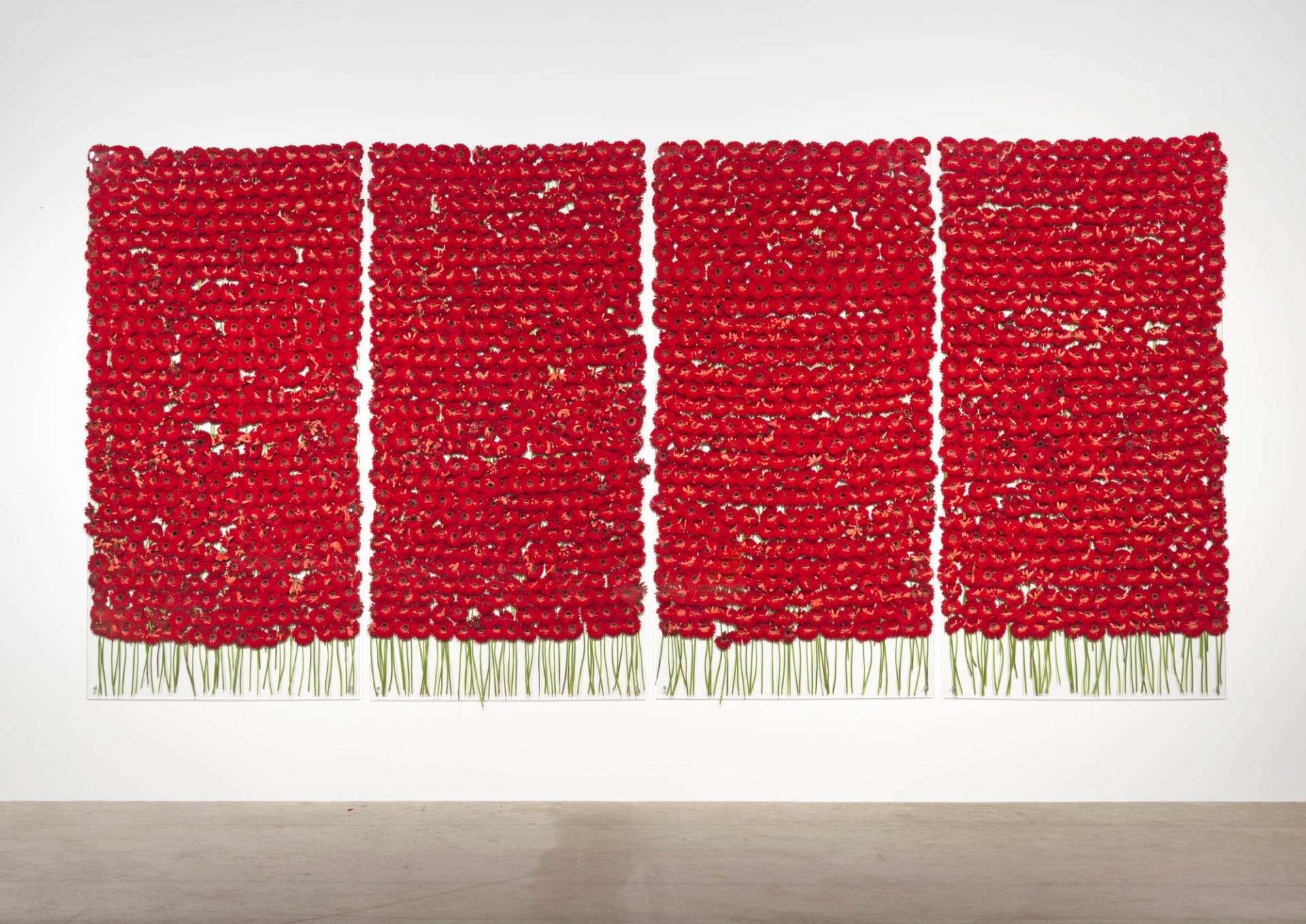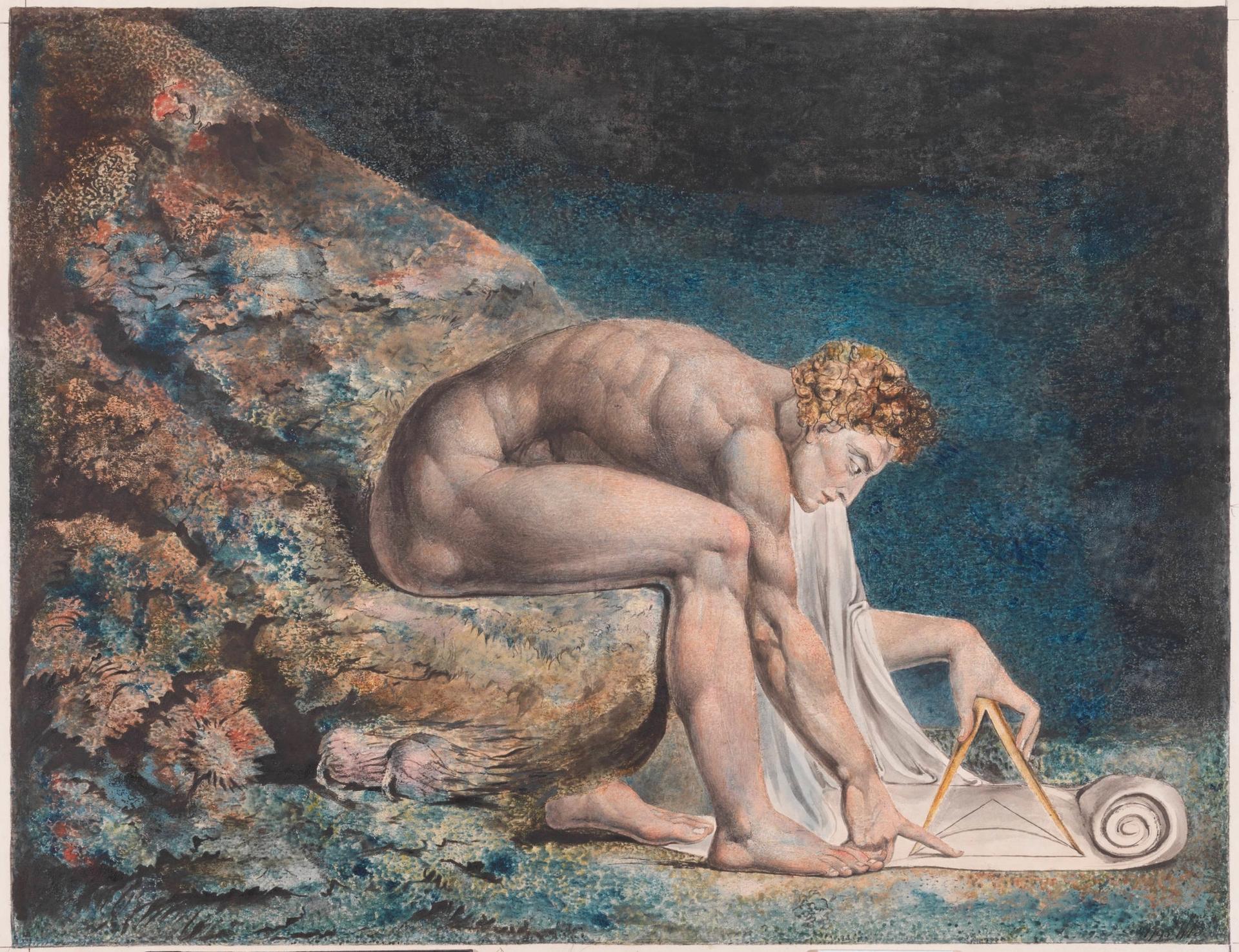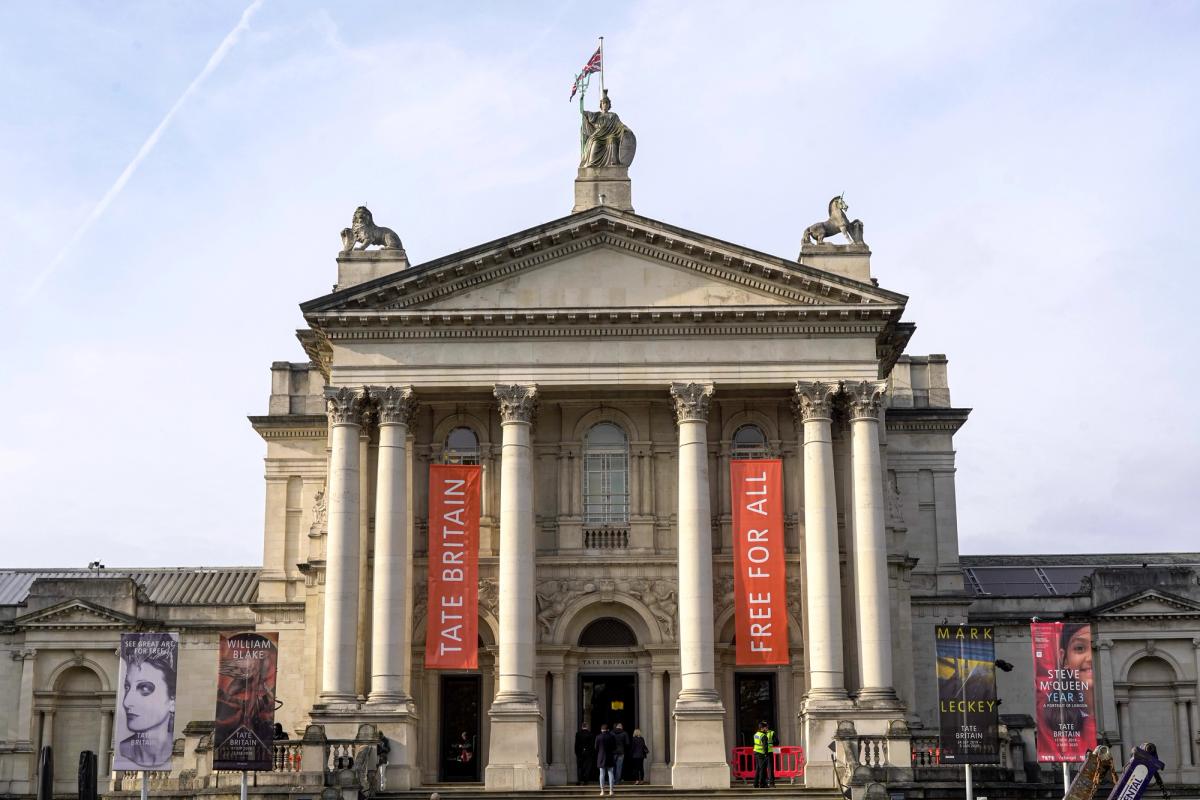More works by women artists will go on show at Tate Britain this spring as part of an extensive rehang of the permanent collection under director Alex Farquharson, encompassing 800 works in total by 350 artists. “On 23 May, Tate Britain will open a complete rehang of its free collection displays. This will be the first time in ten years that the national collection of British art is presented anew,” a Tate statement says.
“Half the contemporary artists on display will be women, from Bridget Riley and Tracey Emin to Kudzanai-Violet Hwami and Lydia Ourahmane. Tate’s longstanding commitment to diversifying its collection means the gallery can also showcase great women artists from the 17th, 18th and 19th centuries, including many who have never been shown at Tate before,” the statement adds.

Rachel Jones's lick your teeth, they so clutch (2021)
© Rachel Jones; Photo: Tate (Sam Day, Rod Tidnam)
Works by Rachel Jones—lick your teeth, they so clutch (2021)—and Marianne Stokes—A Fisher Girl’s Light, A Pilgrim of Volendam returning from Kevelaer, 1899)—are among the highlights.
More than 200 works acquired since 2000 will also go on show by artists such as Derek Jarman, Gluck, Takis, Kim Lim and Donald Locke. Meanwhile, new commissions include two climbable concrete sculptures by Sarah Lucas on the front lawn and a site-specific ceiling painting by France-Lise McGurn in the Djanogly Café.

Anya Gallaccio's preserve 'beauty' (1991-2003)
© Anya Gallaccio, courtesy Lehmann Maupin Gallery, New York. Photo: Tate
Other large-scale installations include Vong Phaophanit’s Neon Rice Field (1993)—consisting of seven tons of dry, white long-grain rice underlaid with six parallel tubes of red neon light—and Anya Gallaccio’s Preserve ‘beauty’ (1991-2003) comprising bright red flowers arranged in four adjacent rectangular compositions underneath large panes of clear glass.

William Blake's Newton (1795-c.1805)
Photo: Tate
Popular galleries dedicated to the Pre-Raphaelite artists and JMW Turner will also be rehung with new rooms dedicated to John Constable and William Blake. Polly Staple, Tate’s director of collection, British Art, says in a statement: “Tate Britain’s new displays will embody our commitment to expanding the canon and diversifying British art history.”
Previous rehangs at the institution have proved controversial. In 2001, the then director Stephen Deuchar reverted to the method of displaying work chronologically instead of juxtaposing paintings and sculptures from different artists and periods, a plan proposed 18 months previously (parts within the display were thematic). The former director Penelope Curtis, who stood down in 2015, unveiled an acclaimed chronological rehang of the entire collection. Farquharson’s rehang will be “broadly chronological”.
Meanwhile, Tate recently commissioned the artist Keith Piper to create a “site-specific installation” engaging with the 1927 mural The Expedition in Pursuit of Rare Meats in the former Rex Whistler restaurant. The work includes scenes of a Black child being enslaved and caricatures of Chinese figures. The gallery admitted that the mural at Tate Britain includes “racist imagery”; the new work “will be exhibited alongside and in dialogue with the mural, reframing the way the space is experienced”. It will also be accompanied by “new interpretative material, which will critically engage with the mural’s history and content, including its racist imagery”.


